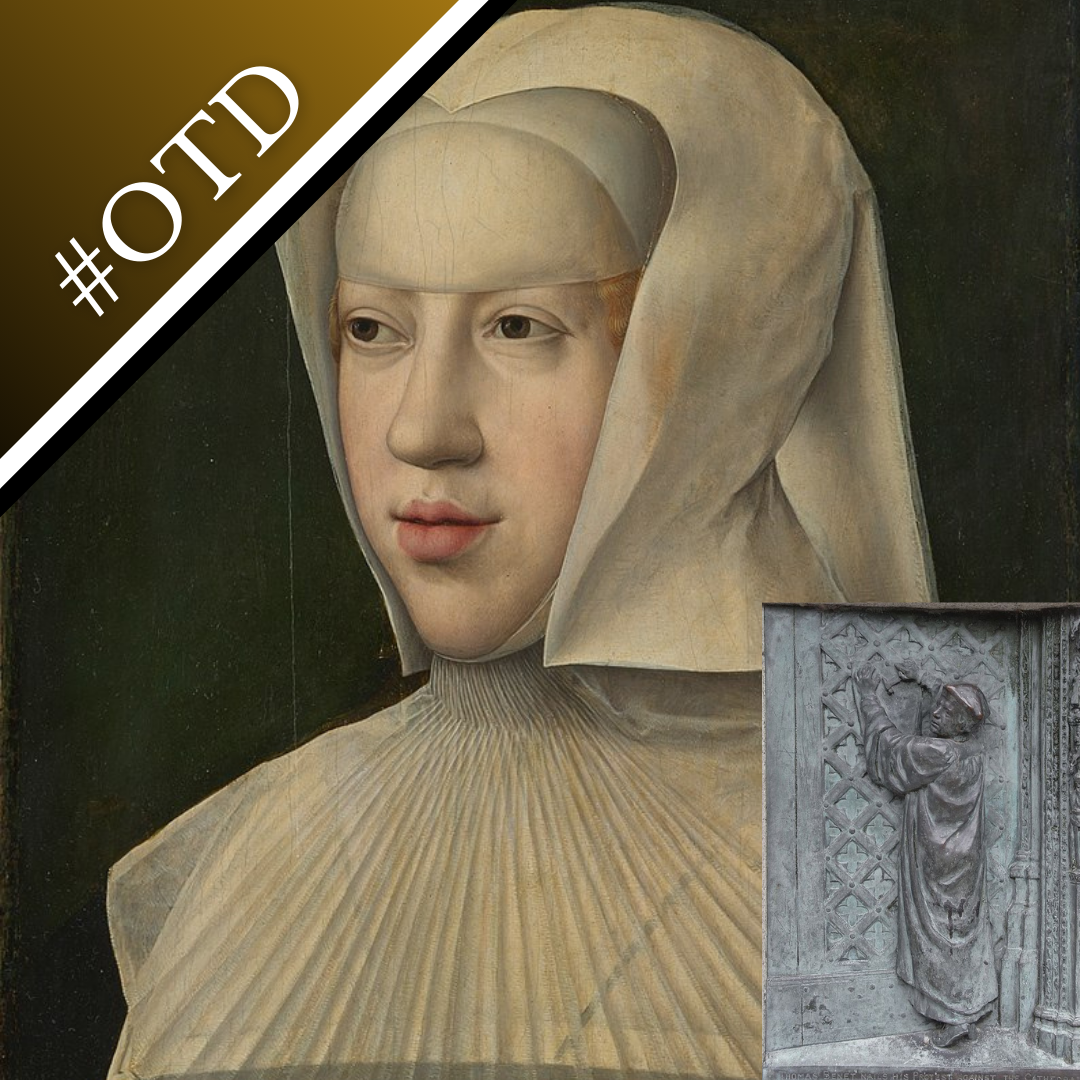
The Treaty of Versailles: A Defining Moment in Modern History
On January 10, 1920, the Treaty of Versailles came into effect, officially ending World War I and establishing the League of Nations. This historic document, signed on June 28, 1919, at the Palace of Versailles, reshaped the geopolitical landscape of the 20th century. But what was the Treaty of Versailles, and why is it regarded as both a milestone and a contentious legacy in global diplomacy?
What Was the Treaty of Versailles?
The Treaty of Versailles was a product of the Paris Peace Conference, convened by the Allied Powers to set the terms for peace after the devastation of World War I. Leading the negotiations were the "Big Three" powers: the United States, represented by President Woodrow Wilson; France, led by Prime Minister Georges Clemenceau; and the United Kingdom, headed by Prime Minister David Lloyd George. Their divergent goals shaped the treaty's complex and controversial terms.
At the heart of the treaty lay the infamous "War Guilt Clause," or Article 231, which assigned full responsibility for the war to Germany and its allies. This clause forced Germany to accept blame and pay reparations totaling 132 billion gold marks (approximately $33 billion at the time). For Germans, this provision was a source of profound humiliation, stoking resentment and creating fertile ground for extremist ideologies.
Economic and Territorial Implications of the Treaty
The financial reparations imposed on Germany crippled its economy. The early 1920s saw Germany gripped by hyperinflation, economic despair, and widespread unemployment. These dire conditions contributed to political instability and social unrest, enabling the rise of Adolf Hitler and the Nazi Party.
In addition to monetary penalties, the Treaty of Versailles stripped Germany of significant territories. Alsace-Lorraine was returned to France, while other regions were ceded to Belgium, Denmark, and the newly re-established Poland. The demilitarization of the Rhineland and severe limitations on Germany's military capabilities were also imposed, aiming to prevent any future conflict. These measures, however, fostered a deep-seated desire for retribution among many Germans.
Establishing the League of Nations
One of the treaty's most forward-looking provisions was the establishment of the League of Nations. Conceived as an international organization to maintain peace and resolve disputes through negotiation and arbitration, the League was a precursor to the United Nations. Despite its lofty goals, the League faced significant challenges, not least the absence of the United States, whose Senate refused to ratify the treaty. This undermined the League's effectiveness and foreshadowed its eventual inability to prevent World War II.
How Did the Treaty of Versailles Lead to World War II?
The harsh terms of the Treaty of Versailles created conditions that facilitated the rise of militaristic and nationalist movements in Germany. Hitler exploited widespread dissatisfaction with the treaty to gain political power, promising to overturn its terms and restore German pride. The sense of injustice and economic despair fueled the expansionist and militaristic policies that culminated in World War II. While historians debate the direct causal link, the treaty is widely acknowledged as a factor in the war's origins.
Was the Treaty of Versailles Fair?
The fairness of the Treaty of Versailles remains a subject of historical debate. Critics argue that its punitive measures were excessively harsh, undermining Germany's ability to recover and fostering long-term resentment. Proponents contend that the treaty reflected the realities of post-war politics and the need to hold Germany accountable for the conflict.
Lessons from the Treaty of Versailles
The Treaty of Versailles stands as a poignant example of how peace settlements can shape the future, for better or worse. Its legacy underscores the importance of crafting balanced and inclusive agreements to prevent resentment and instability. The lessons learned from its failures continue to inform modern diplomacy and efforts to maintain global peace.
Suggested Image
A powerful image for this article would be the signing of the Treaty of Versailles in the Hall of Mirrors at the Palace of Versailles. This iconic photograph captures the moment when the treaty's terms were finalized, symbolizing both the end of World War I and the beginning of a new, tumultuous chapter in world history.
Source
This article was informed by insights from History.com.
